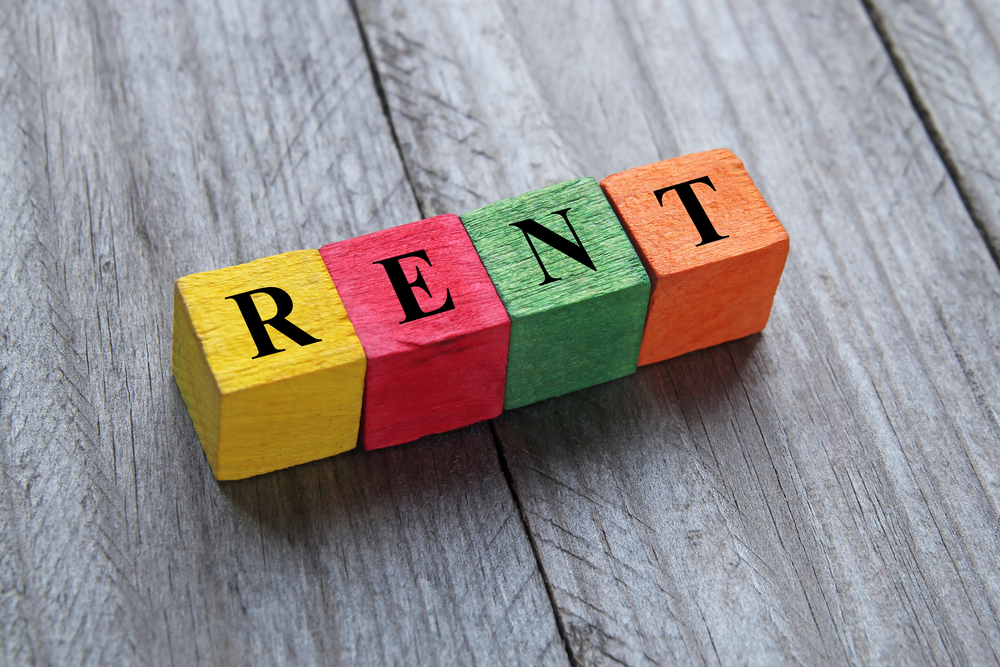Rents in England and Wales rose at their fastest pace since 2011 last year, with some regions reaching a record high, according to new figures. The latest Buy-to-Let Index from Your Move and Reeds Rains found that despite a slight dip in December, average rents increased 3.4% in 2015 to £794 per month. Adrian Gill, director […]
 Rents in England and Wales rose at their fastest pace since 2011 last year, with some regions reaching a record high, according to new figures.
Rents in England and Wales rose at their fastest pace since 2011 last year, with some regions reaching a record high, according to new figures.
The latest Buy-to-Let Index from Your Move and Reeds Rains found that despite a slight dip in December, average rents increased 3.4% in 2015 to £794 per month.
Adrian Gill, director of estate agents Reeds Rains and Your Move, said: “Rents reacted strongly in 2015, powered by welcome warmth from household earnings, and growing pressure from supply – the more troubling lack of housing in the UK. The combined force is skywards for rents.
“Such growth in rents is a mixed bag. The fact that the majority of tenants can afford higher rents is certainly good news, and should be seen as a positive indicator as we enter 2016. Yet over the longer-term, higher rents also raise a serious challenge for the future affordability of housing in this country. Everything else will need to keep up.”
Compared to the same time last year, eight out of ten regions witnessed an increase in rents.
Yorkshire and Humber and West Midlands both saw rents rise by 0.3% to reach a new all-time record high in December of £556 and £593 per month respectively.
The biggest rise was in the East of England, where rents went up 7.8% to £831 a month, while London saw an increase of 6.3% to £1,251.
Wales and the South East were the only regions to see rents fall in 2015.
Gill said: “It seems easy to believe the cost of living issues that previously plagued the UK are over. In terms of the weekly shop that might be true – some forms of inflation have been tamed for the time-being. But the greatest expense in household finances is often housing, and most measures of housing costs are not just rising but now accelerating. For homeowners low interest rates offer a buffer from bad economic times, but tenants just don’t have the same luxury – rents are simply what they are, every month.”
The report found that tenants are finding more difficult pay their rents, with arrears rising to 9.3% of all rent due in December compared to 8.2% the previous month.
The report said that while the festive season often sees a temporary spike in rent arrears, December 2015 was “marginally worse” than December 2014 when the same measure peaked at 8.9%.
As part of the government’s efforts to dampen the buy-to-let market, landlords and second home owners will have to pay stamp duty of 3% from April. The amount of tax relief landlords can claim on properties will also fall from April 2017. Critics of the policies believe they will lead to an increase in rents as landlords look to pass on the extra cost to tenants.
Gill said that there is likely to be a “surge” of investment ahead of the April deadline to beat the stamp duty surcharge.
“But beyond that and into the rest of 2016, lower yields may cool investment from landlords. Slower growth in homes to let beyond April, in the face of a steady march of new demand from tenants, is likely to continue to push rents higher.
“There is some potential short-term benefit to rising property prices. Conceivably, this might help some existing landlords to grow their portfolio, remortgaging to unlock fresh capital and continue to make use of low interest rates. But over any period of time one thing is fundamental – higher property prices will ultimately be expressed in higher rents – both of which demonstrate a shortage of housing in the UK. Landlords are part of the solution, as are millions of new homes.”














